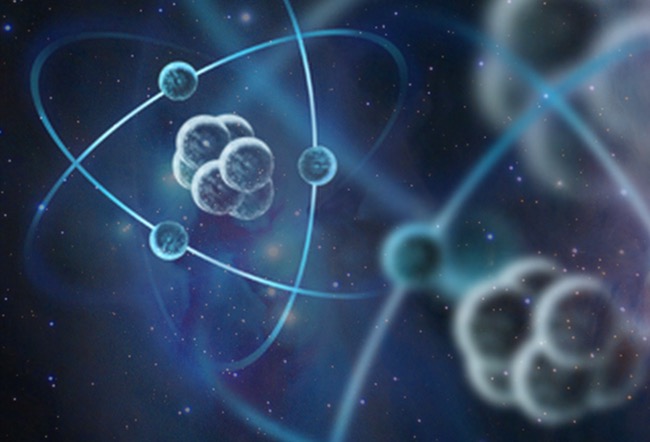The Copenhagen Interpretation : Quantum Mechanics Part 2.
 Credit: Science and NonDuality
Credit: Science and NonDuality
Quantum Field Theory became seriously recognised back in 1920s, though not without its debates and dilemmas.
Back in the mid 1920s, Niels Bohr and Werner Heisenberg attempted to form an interpretation of QFT that would converge with the classical kinematic and relativistic physics that were laid down by Einstein and Issac Newton.
Their interpretation, now named The Copenhagen Interpretation postulates that physical systems do not have definite properties or locations unless they are measured or located. Particles being both particles and waves was still a very alien concept at this time and dismissed by many. Or the idea that particles and matter can pop into and out of existence.
Einstein was somewhat opposed to this definition as he believed that reality and existing matter is present wether we can observe it or not, reality does not always have to make itself obvious to an observer. Bit of a head scratcher!
When the baby plays peek a boo with their parent and closes his/her eyes, the parent simply pops into existence there and then. Babies lack what we would call "object permanence". This is where the debate starts, can matter pop into and out of existence?
The Photoelectric effect demonstrates that an electron can be emitted from a material whenever a light is shone into it. So did this electron pop into existence when the light was shone onto it? Or was it always present? Regardless, that electron can be observed and measured when this happens.
Observations in Quantum Physics seemed to go against everything that classical physics ever taught. Quantum tunnelling being the prime example of a particle moving through an impenetrable barrier instantaneously when large scale relativity does not allow instantaneous activity. For Einstein, cause and effect are always required.
Two particles can be connected, even over a vast hypothetical distance. If the known spin of one or both particles zero and along a section of the axis one spin is anti-clockwise, the other will be clockwise due to quantum entanglement. When two or more of these Quantum systems like particle pairs are added, this is known as the superposition of states.
The superposition of states can tell us an accurate location for the particle/wave and the behaviour of another particle in the pair. As Quantum Mechanics doesn't really marry into intuitive physics; superposition of states can also pose dilemmas such as "are there more dimensions we can't see?" Or "is the cat alive or dead?"
Judemorrow






